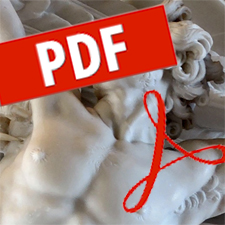Description
By Giovanni Cerulli
This paper explores the impact of a specific R&D policy instrument, the Italian
(FAR), on industrial R&D and technological output at the firm level. Our objective is threefold: first, to identify the presence or absence of private R&D investment additionality/crowding-out within a pooled sample and in various firm subsets (identified by region, size, level of technology, and other features), while also taking into account the effect of single policy instruments or mixes of them. Secondly, to analyse the output (innovation) additionality by comparing the differential impact of privately funded R&D and publicly funded R&D expenditure on applications for patents filed by firms. Thirdly, the paper will compare the structural characteristics of firms showing additionality with those of firms showing crowding-out, in order to determine the firm characteristics associated with successful policy interventions. Our results suggest that FAR is effective in the pooled sample, although no effect emerges in some firm subsets. In particular, while large firms seem to have been decisive for the success of this policy, small firms present a more marked crowding-out effect. Furthermore, the firms’ growth strategies and ability to transform R&D input into innovation output (patents) seem to have a positive effect in terms of additionality.
page: 113 – 149
Prometheus: Critical Studies in Innovation
Volume 30, Issue 1
SKU: 0810-9028671288
